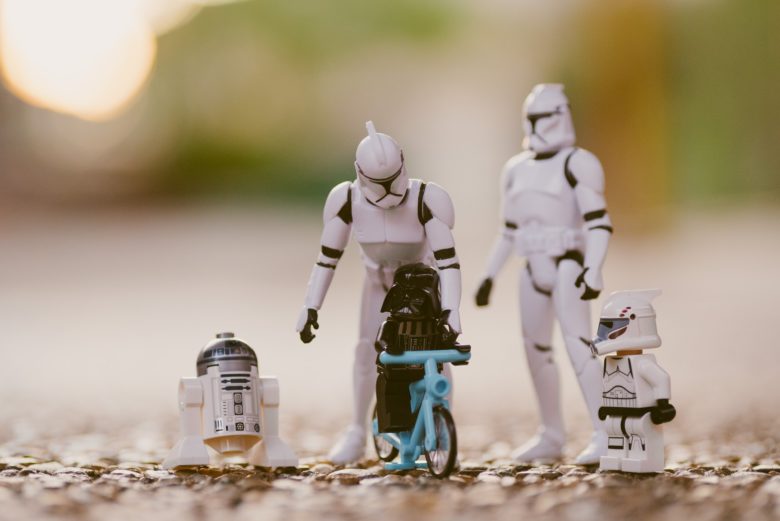Health, Wealth and PVC Toys
Toys vs Touchscreens
Growing concerns amongst parents over their child’s playing habits have recently opened dialogue over which toys and devices kids prioritise as a pastime. And new research has discovered that children are spending more time on touchscreens over a traditional choice of toy.
A nationwide survey by the Michael Cohen Group (MCG) found that more than 60% of parents claimed their child uses a touchscreen device ‘often’; of those parents 38% stated their child uses touchscreens ‘very often’. Whilst only 40-55% of parents’ state their child plays with traditional toys (dolls, action figures, arts and craft, games consoles, board games etc..) ‘often/very often’.
Plastic in the Industry
In spite of this trend toys are still a £3.4 billion (2017) industry within the UK alone; in the US Americans spend approximately $20.3 billion (2016) on toys annually – the toy manufacturing industry is in decline, but still significant. The problem lies with the materials used to manufacture the toys. According to a report in Plastic Magazine, 90% of the market is comprised of plastic toys. The material offers impressive functionality: durability, aesthetic, strength and flexibility.
Plastics dominate toy production; as a matter of fact toy manufacturers employ several families of plastic resin in order to accommodate the wide variety of traditional toys. Polyvinyl chloride (PVC) is one such material, it is one of the most commonly used thermoplastics: mainly used for dolls, masks, balloons and packaging. Additionally, polypropylene (PP) is used in tricycles, carriers and educational games; polyethylene (PE) is used to manufacture bikes, pull toys, outdoor furniture and dolls; elastomers for baby toys; and polystyrene for toy components and structures (cranes, drill, garage), puzzles, board game cases and rattles.
PVC is an incredibly versatile plastic. It requires minimal maintenance when in use and is especially durable – it is commonly used to manufacture long-lasting products, which often have a life expectancy exceeding 50 years. Herein lies the issue; PVC is extremely toxic to the environment and has been labelled the ‘Poison Plastic’ by researchers and environmentalists.
Sustainability
There is no safe way to manufacture, use or dispose of PVC products. Vinyl chloride has been mentioned as the most harmful plastic to our health and environment; no other plastic contains or releases as many dangerous chemicals. However, PVC compounds are 100% recyclable: both, chemically or physically (or energetically).
As a result of these fears, the issue of sustainability has become a growing debate over the last few decades. In the past, recycling PVC was not common amongst the majority of recycling centres. Mostly because ecause prior techniques were both difficult and costly. In spite of this, throughout the last 10 years several companies have started to recycle PVC; this is mostly due to recycling processes becoming a lot cheaper and more efficient.
When producing environmentally friendly toys, retailers are often faced with the dilemma of striking a balance between making toys safe and making them sustainable. But besides disposing of old toys or recycling them, what other options are there for the ecological clearance of toys and toy waste?
While it is true that most local recycling centres can now recycle and repurpose thermoplastics such as PVC and PP. Nonetheless, the first call-to-action should always be the donation of any unwanted toys in good condition. Parents should consider donating any unopened or undamaged toys to local charities, shelters, childcare centres, as well as second-hand stores.
What happened to your favourite toys as a child? Let us know in the comments below!


Comments are closed.